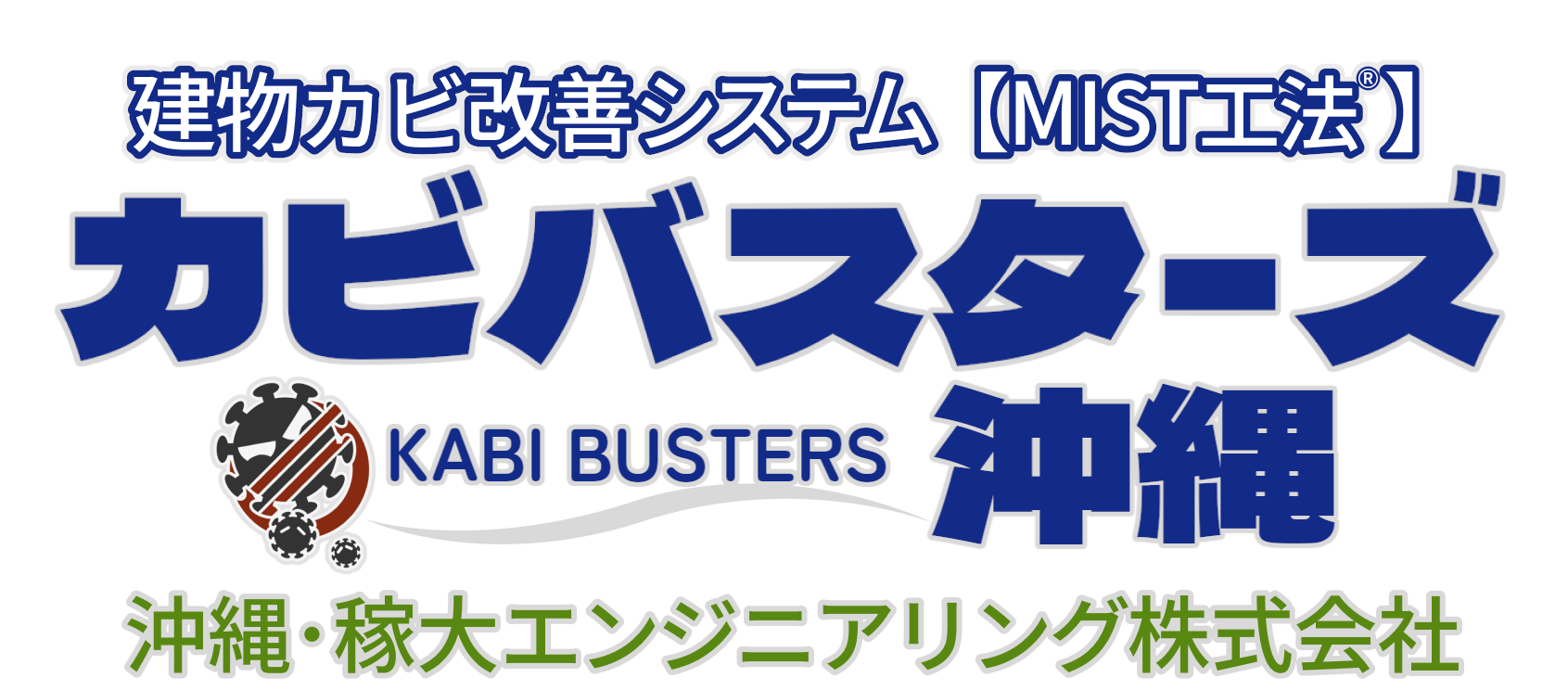"Understanding and Solving Mold Issues in High Insulation Housing"
2024/05/06
"Combatting Mold in Okinawa's Airtight Homes: A Structural Insight"
"Understanding and Solving Mold Issues in High Insulation Housing"
Preventing Mold in Okinawa’s High-Efficiency Homes
Mold growth in homes is a common concern worldwide, but the challenges intensify in regions with high humidity and temperatures, such as Okinawa. The advent of high-efficiency, highly insulated homes was a revolutionary step towards energy conservation and providing comfort during Okinawa’s sweltering summers and mild winters. However, these airtight environments also introduced some unintended consequences, including significant mold challenges. This article delves into the structural causes of mold in highly insulated homes in Okinawa, explores the complications during the rainy season, and outlines effective strategies for mold prevention and remediation.
Structural Causes of Mold in Highly Insulated Homes
1. High Air Tightness: Highly insulated homes in Okinawa are designed to be airtight to prevent heat loss and gain, which significantly improves energy efficiency. However, this airtight nature restricts natural air movement from outside to inside and vice versa, leading to poor indoor air quality and moisture accumulation if not properly managed. This stagnant, moist environment becomes an ideal breeding ground for mold.
2. Insufficient Ventilation: To maintain their high-efficiency standards, these homes often rely on mechanical ventilation systems to manage indoor air quality. If these systems are inadequately designed, installed, or maintained, it can lead to uneven ventilation, particularly in areas that are naturally prone to dampness such as kitchens and bathrooms. This can create pockets of moisture, which encourage mold growth.
3. Building Materials and Construction Phases: During construction, exposure to Okinawa’s frequent rain can introduce a significant amount of moisture into the building materials. If this moisture is not adequately dried before sealing the structure with airtight insulation materials, it becomes trapped. Over time, this trapped moisture can seep out, fostering mold growth within walls and ceilings.
Environmental Factors During Construction
Okinawa’s climate poses unique challenges during the construction phase of any building project. The high humidity and heavy rainfall, especially during the Tsuyu (梅雨) or rainy season, can complicate drying processes and extend construction timelines, which can exacerbate moisture issues. It’s crucial that building sites are well managed with tarps and other protective materials to shield exposed structures from rainwater. Additionally, the timing of insulation installation is critical; it should only be installed once the internal structure is completely dry.
Effective Strategies for Mold Prevention
1. Enhanced Ventilation Systems: Implementing state-of-the-art ventilation systems such as Energy Recovery Ventilators (ERVs) can help in maintaining optimal humidity levels indoors. ERVs are particularly effective as they exchange the humid indoor air with fresh, drier air from outside, thus maintaining a balance that discourages mold growth.
2. Use of Mold-Resistant Materials: Incorporating materials that are resistant to mold can be a game-changer in construction in humid regions like Okinawa. Using mold-resistant drywall, paints, and other building materials can help in reducing the likelihood of mold development, especially in high-risk areas such as bathrooms and kitchens.
3. Regular Inspections and Maintenance: Scheduling regular professional inspections can help in early detection and eradication of potential mold growth. It’s important for homeowners to keep an eye on humidity levels using hygrometers and to ensure that any sign of moisture accumulation or mold is addressed promptly.
4. Dehumidifiers and Smart Home Technologies: Using dehumidifiers in particularly damp areas of the home can help maintain dry conditions. Moreover, integrating smart home technologies that monitor and control indoor humidity levels automatically can significantly aid in preventing mold growth.
Conclusion
The construction of high-efficiency homes in Okinawa offers many benefits, including significant energy savings and improved indoor comfort. However, the humid climate of the region necessitates careful consideration of mold risks. By understanding the structural vulnerabilities associated with these homes and employing effective moisture and ventilation management strategies, it is possible to prevent mold growth and maintain a healthy indoor environment.
For anyone struggling with mold issues or looking for preventive measures, consulting with professionals like us at Kasei Engineering can provide tailored solutions that ensure your home remains safe, comfortable, and mold-free. Please feel free to contact us with your concerns and let us help you secure your living space.
----------------------------------------------------------------------
カビバスターズ沖縄
沖縄県国頭郡金武町伊芸1996-13
電話番号 : 080-3977-9591
----------------------------------------------------------------------





